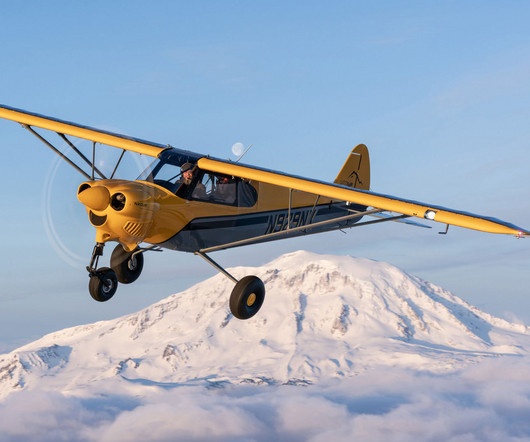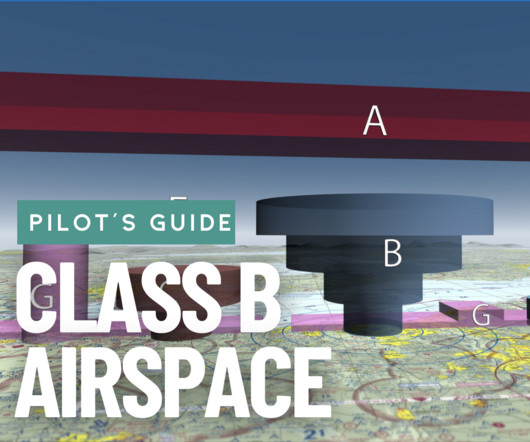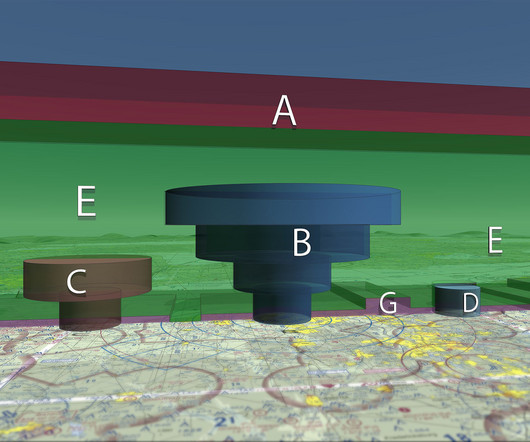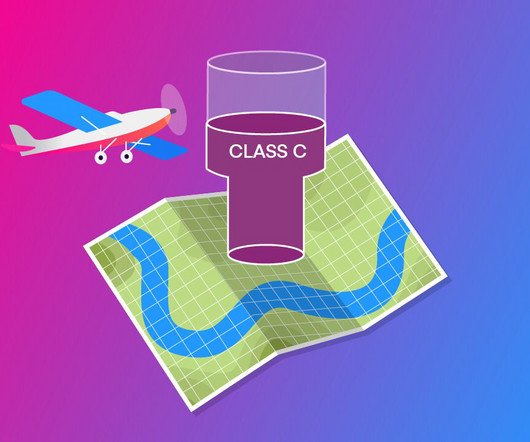We Fly: CubCrafters NXCub
Flying Magazine
JUNE 30, 2025
inch display, GTR 20 comm, GTX 345R transponder, G5 attitude indicator, GDL 84 ADS-B package, Garmin dual-axis autopilot, and stereo intercom. We found a flaps up, power-off stall speed of 47 mph indicated airspeed, and full-flap stall speed of 42 mph indicated.











Let's personalize your content